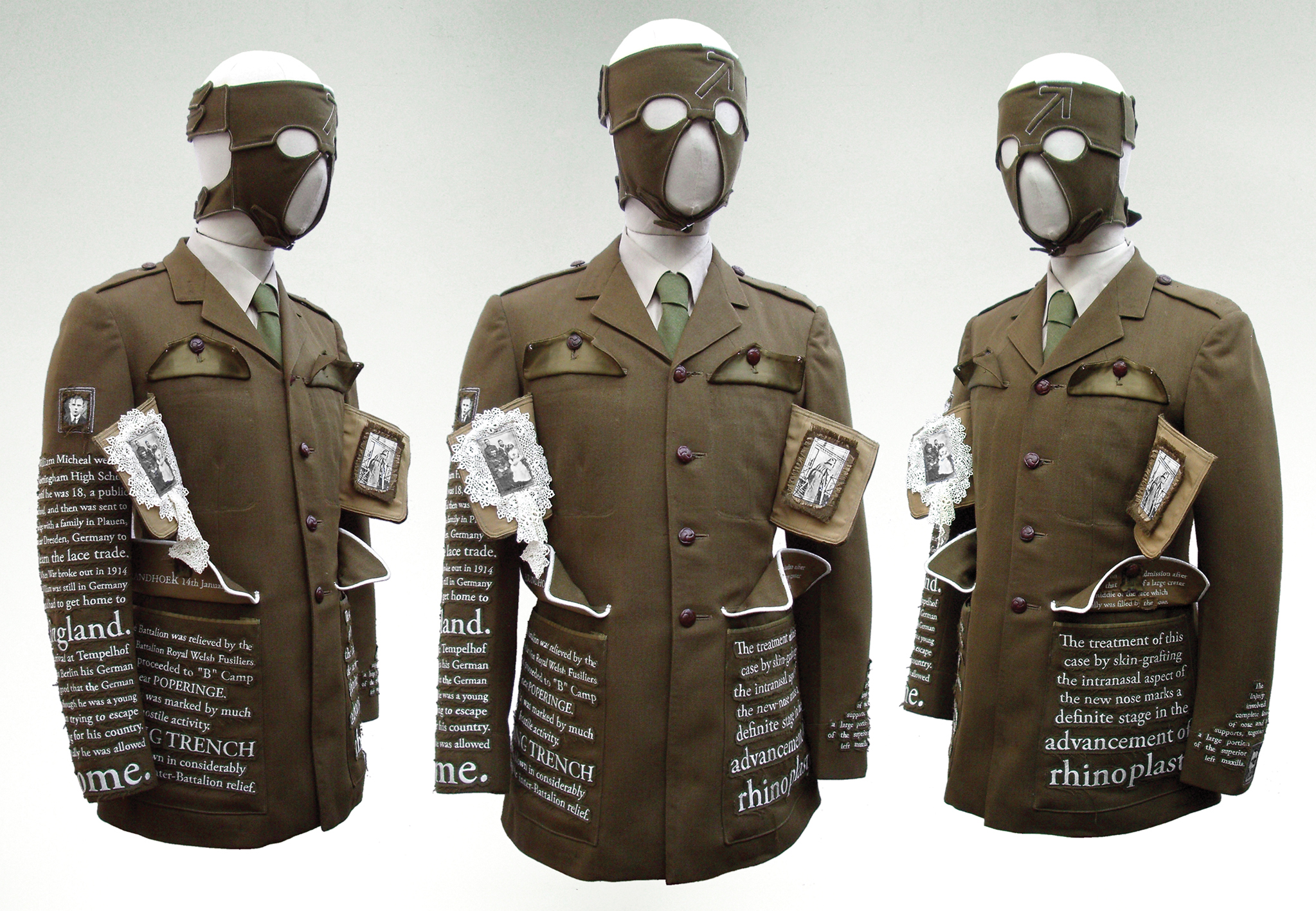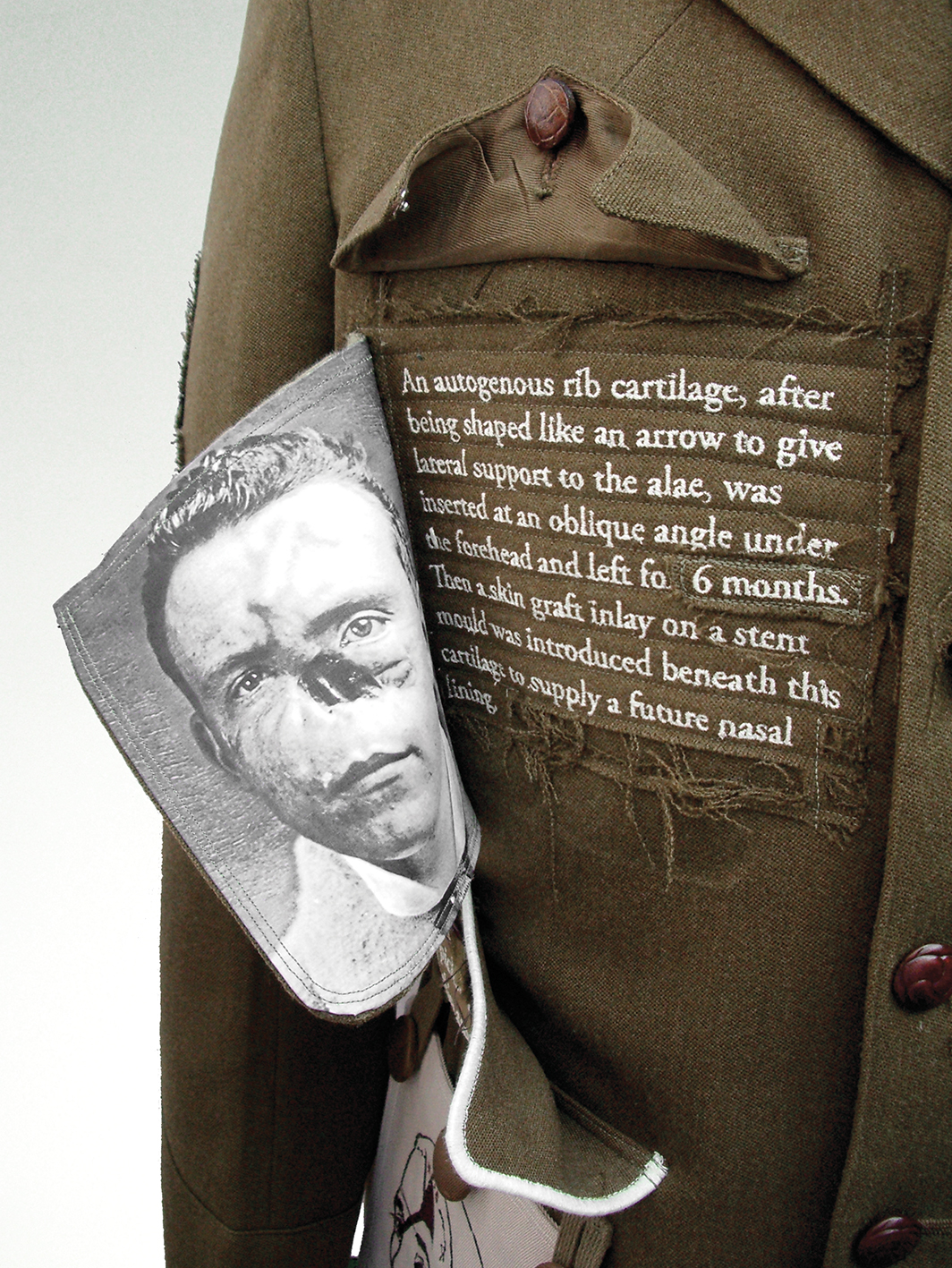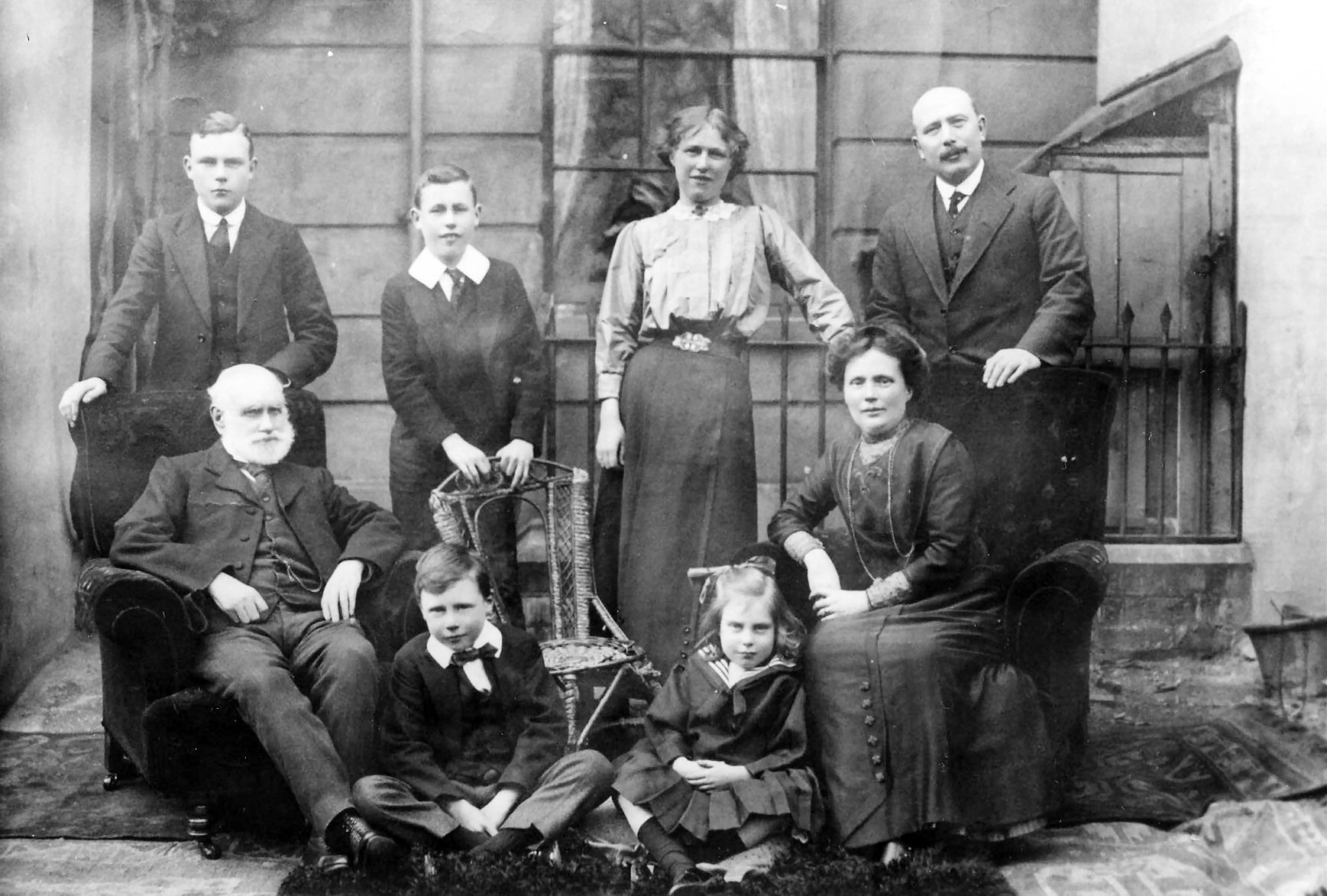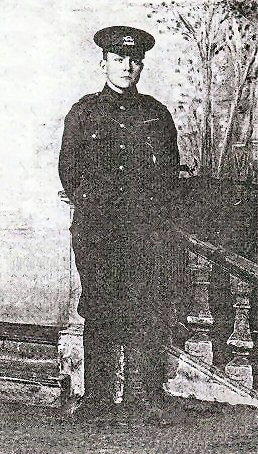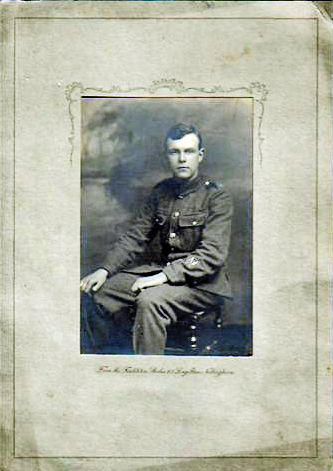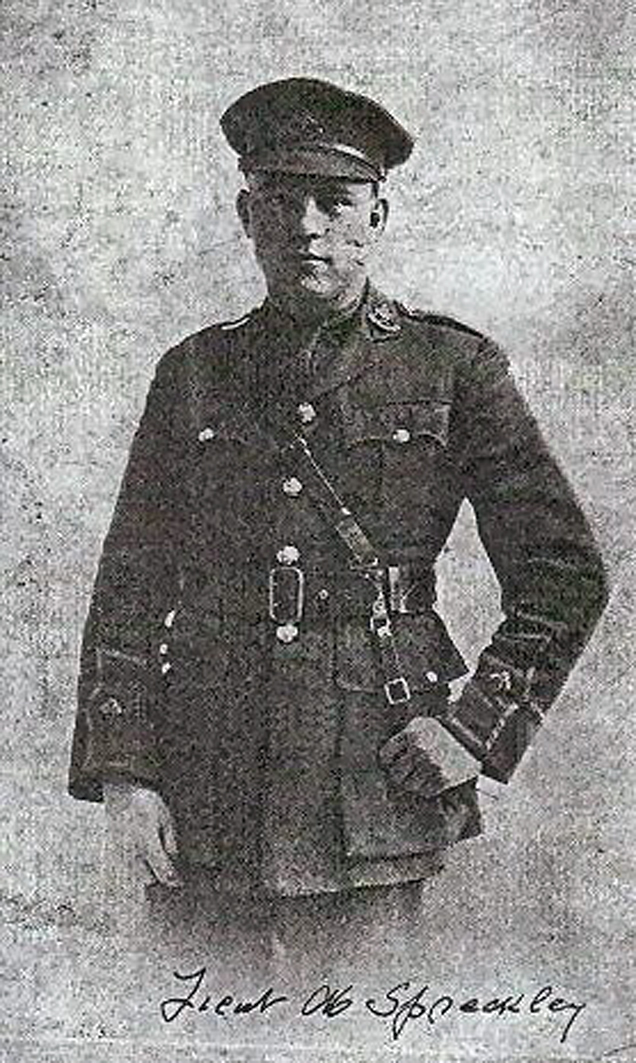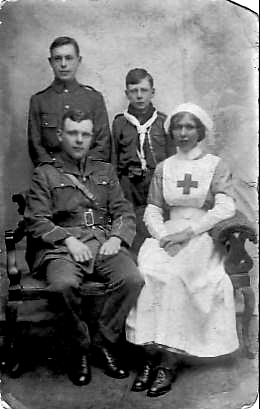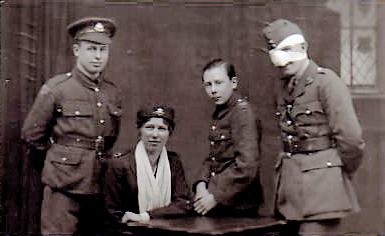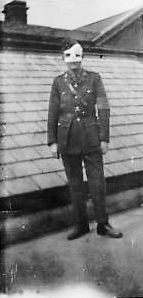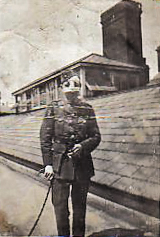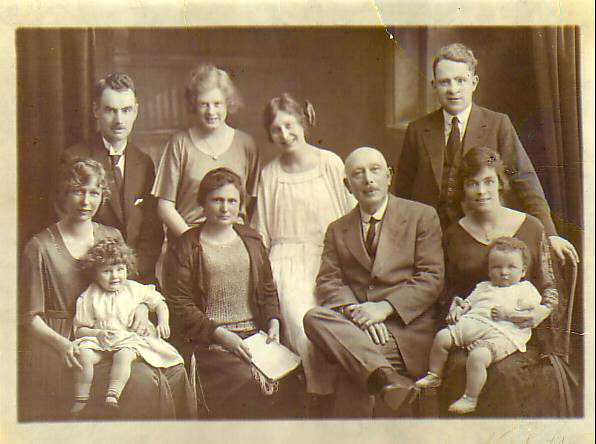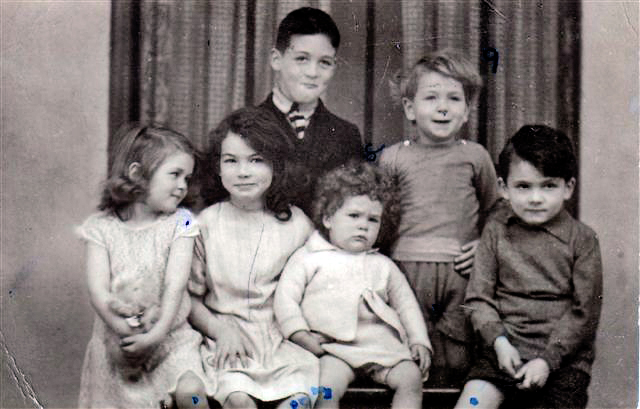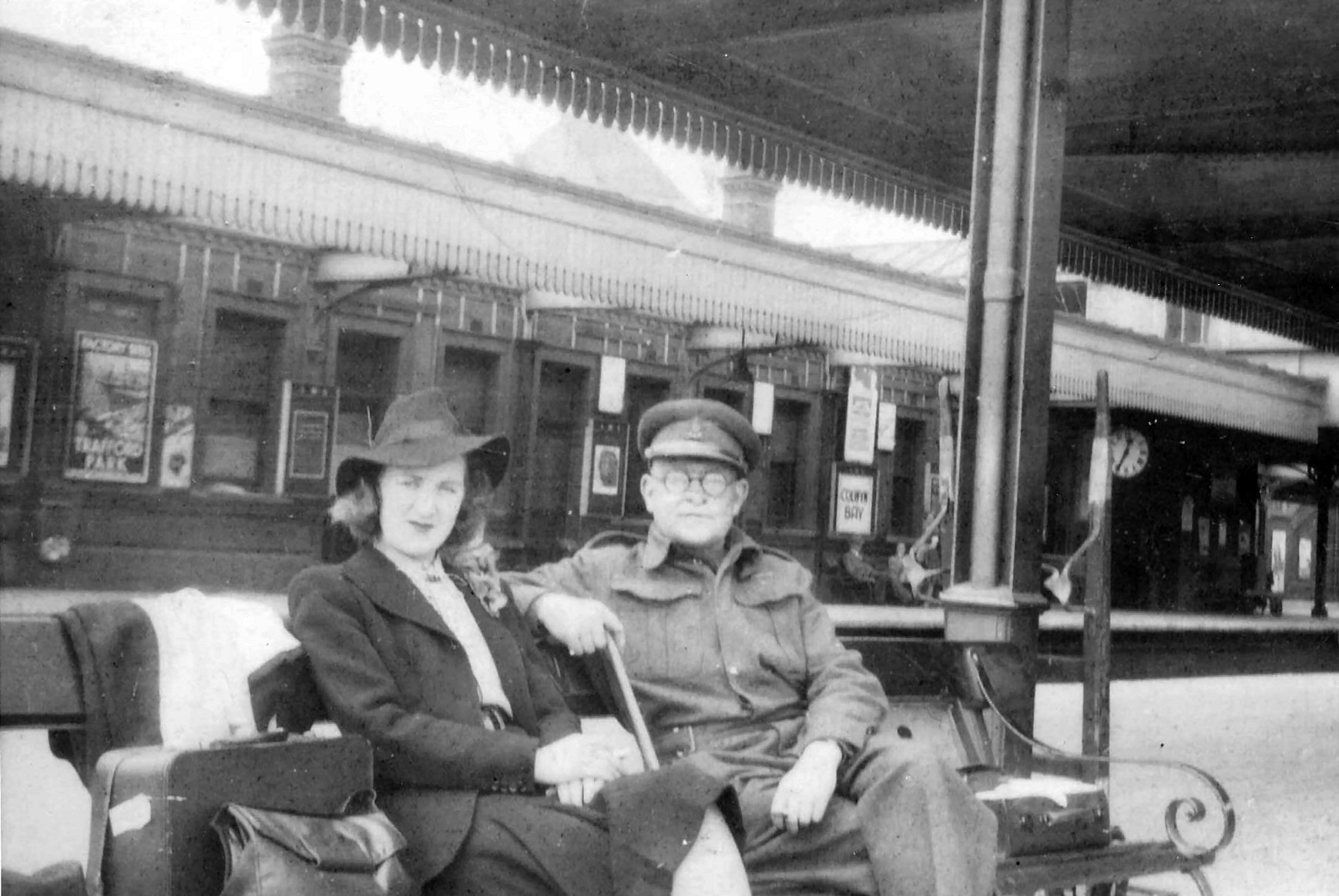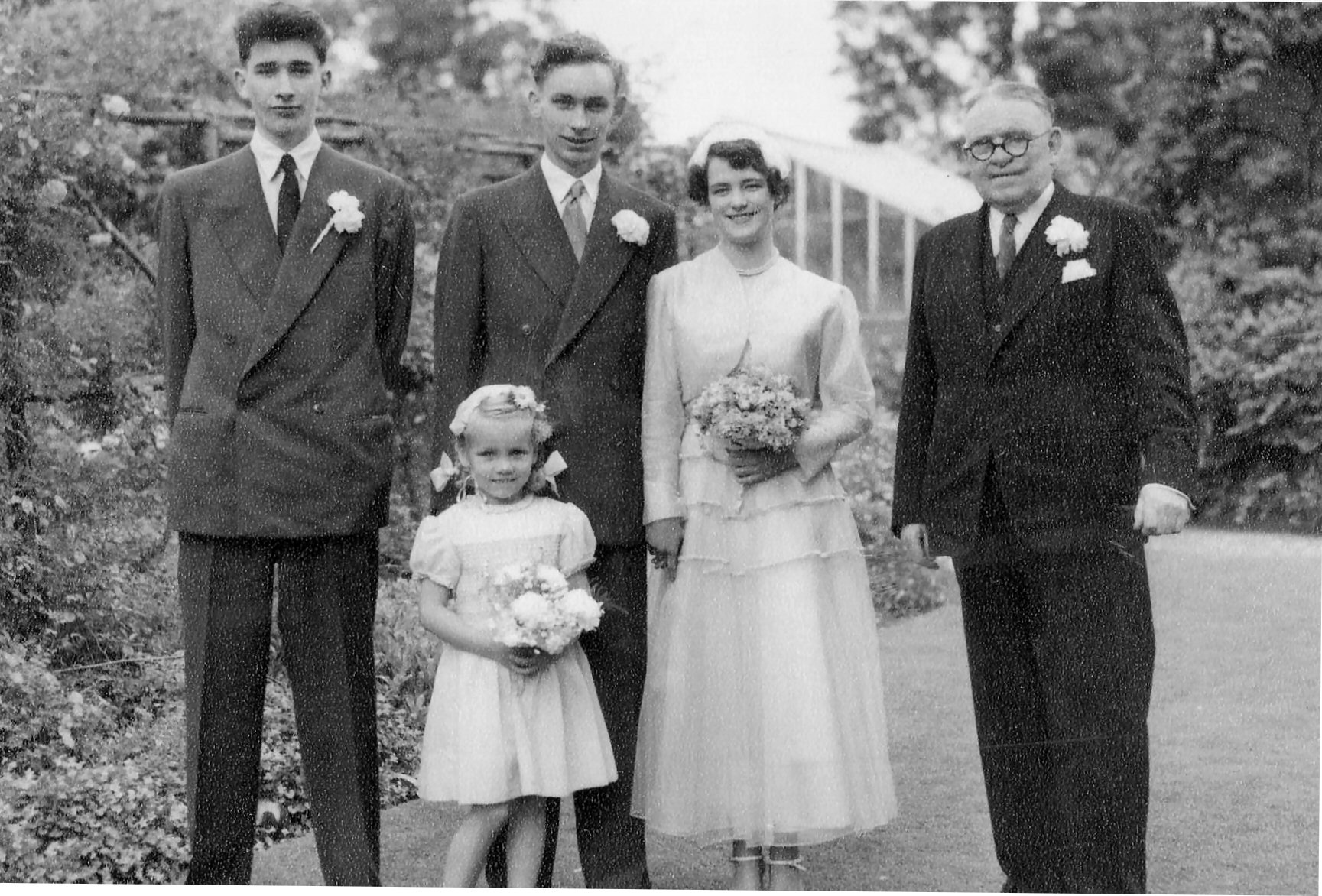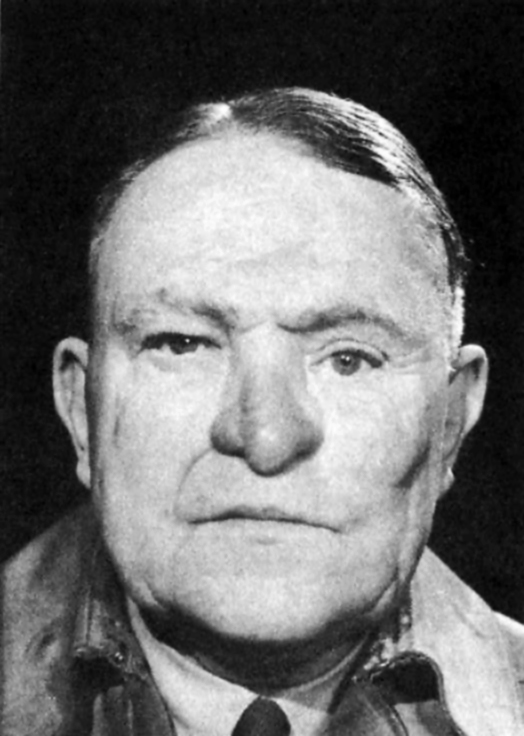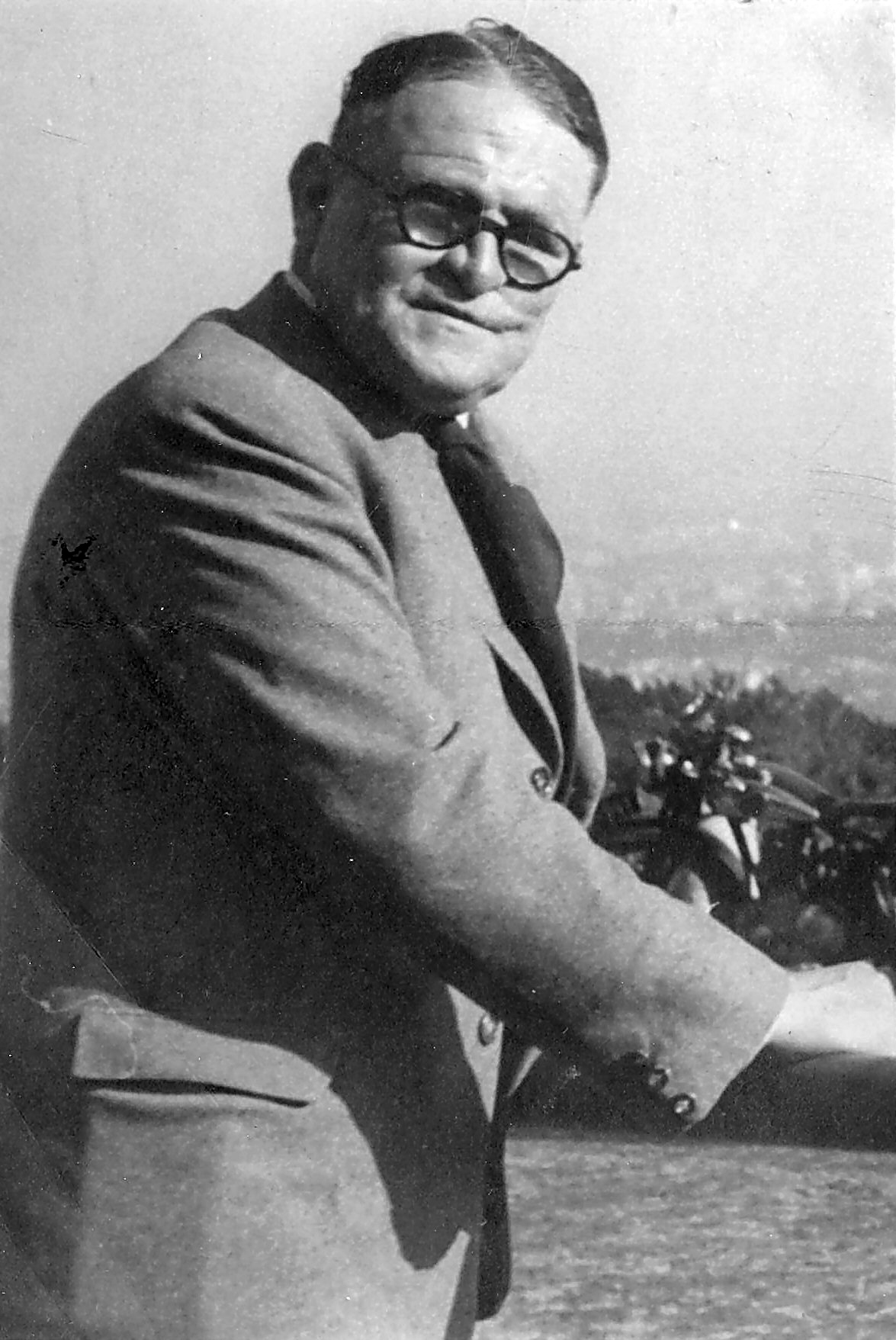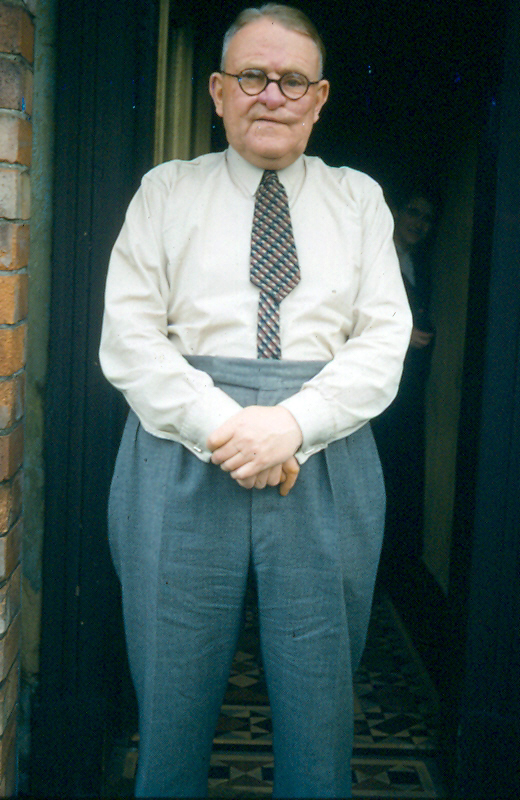William Spreckley
Officer’s Uniforms, digital embroidery, digital fabric print, felt, vintage lace. 2005-2007
Collection of National Museum of Art, Architecture and Design, Oslo, Norway.
The eldest son of a commercial lace-maker, William Michael Spreckley left England for Germany to learn the lace trade in Plaun near Dresden. At the outbreak of war he returned to England to rise to the rank of Lieutenant in the Sherwood Foresters.
Whilst defending Ealing Trench near Poperinge, William lost his entire nose to a grenade blast and was subsequently admitted to the Gillies plastic surgery unit back in England. Although the rhinoplastic surgery William underwent had been attempted previously, his was so successful Gillies noted its significance in the development of nasal reconstruction. It began with a piece of William’s rib cartilage being removed from his chest, cut into an arrow shape and inserted under his forehead for six months.
Once the cartilage implant had been established the site of the graft destination had to be planned and prepared. Plans were also made for the closure of the donor site wound. Six months after the cartilage had been implanted into the forehead, it along with the covering skin were lifted and turned down onto the prepared nasal cavity. Initially, his nose was gargantuan and Gillies noted that his colleagues ‘roared with laughter at Spreckley’s Anteaters snout’ which must have been very hurtful for William. Over a period of time and further surgeries, William’s nose was reduced greatly in size and he and his family still maintained the family tradition of having group photographs taken even during his treatment.
All Gillies Archives records appear courtesy of the Gillies Archives. Reproduction permission must be requested.
